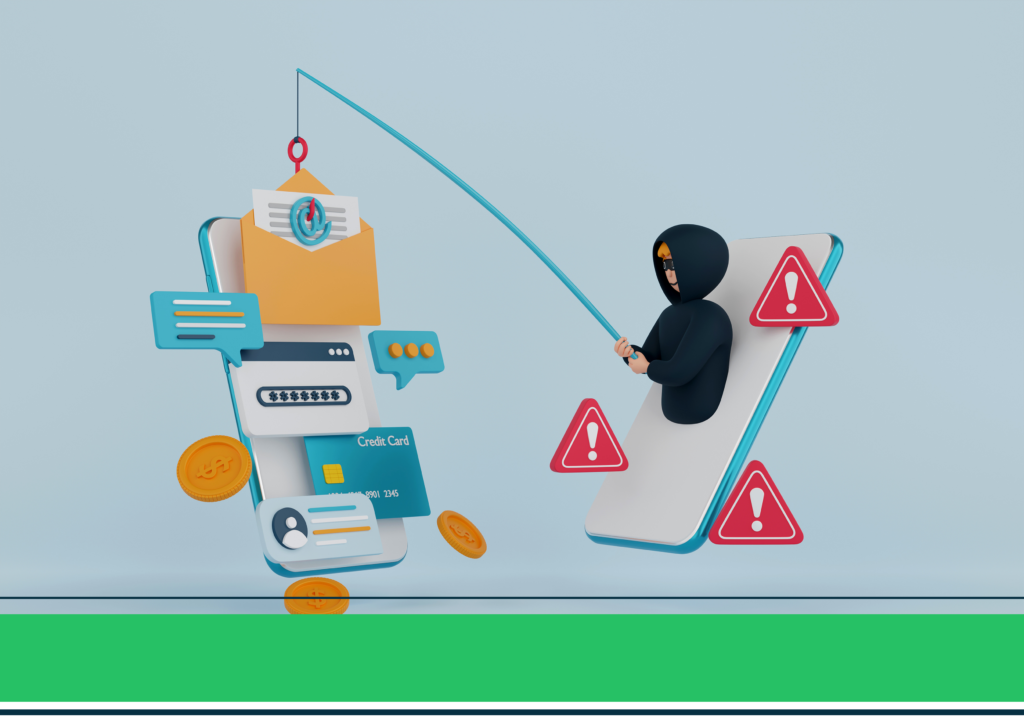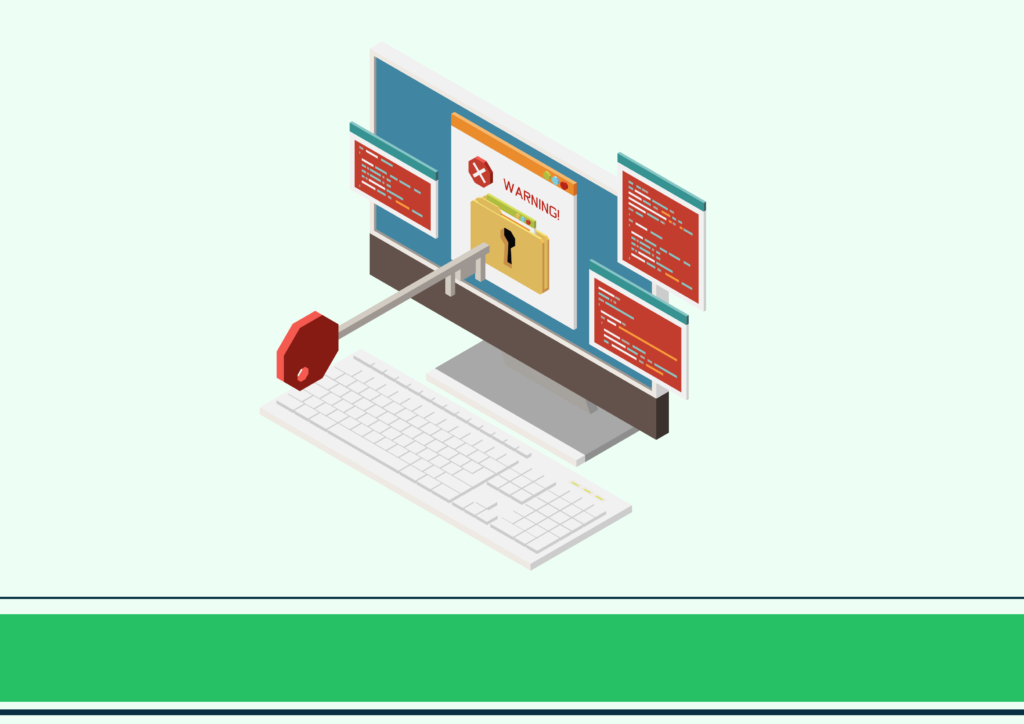In these digital times, staying vigilant and becoming more self-aware about the downsides of the internet is crucial in data protection. There are several ways our online data can be compromised, and ways we can be exposed to dangers while using the internet. To celebrate Fraud Awareness Week 2023, we will discuss common fraudulent activities, and how to prevent them from tampering with our data online.
Over the years, cybercriminals have developed devious means to commit fraudulent activities on the internet. From the Citibank Hack in 1995 to the Conficker worm since 2008, there have been rising attacks that compromise our data. In the context of matters, Here are common cyber threats that we should be aware of:
- Phishing Attacks:

Like fishing, phishing is a technique used to “fish” for usernames, data, and information from the “sea” of users. It occurs when an attacker, disguising as someone you know, tricks you into opening sensitive information (Could be in the form of an email, website link, or text message), and releasing dangerous software into your system. Phishing attacks can be in many forms like –
Email phishing, where the attacker disguises as a popular entity to trick you into opening an email with a fraudulent link,
SMS phishing, where fake SMS is sent (Could be a fake job application, or messages from your network provider) to trick you.
Whale phishing, where directors and CEOs are targeted to trick them and obtain confidential information, etc.
- Pharming: This is a form of social engineering where cybercriminals redirect victims’ websites to another fake website by installing dangerous programs without their consent.
- Malware

Malware, short for “Malicious Software”, is software designed with the intention to cause disruption to a server, or computer, and leak sensitive information or obtain access to data and information, while in turn depriving the user access to this information when interfering with security.
HOW TO PREVENT FRAUD
Now that we have analyzed popular fraudulent attacks, it is important to note simple preventive measures to protect our data and devices from being compromised on the internet. Here are simple fraud prevention tactics:
- Have an anti-virus software installed: A good antivirus program scans computer files to spot and remove corrupted software and programs such as malware. They protect your computer from unwanted and unidentified access and also keep your files and data safe.
- Normalize the use of biometrics to secure your devices such as Face recognition, fingerprints, and so on.
- Use strong passwords: Create strong and complex passwords for all your programs. This would provide extra security and prevent hackers from gaining access to your data. Here are some safety tips we have curated to guide you when creating a strong password:
- Do not use your name or personal information such as your school, or place of birth in your password
- Always use different passwords for different accounts.
- Try to change your passwords every 90 days.
- Avoid using your phone number or email address in your password.
- If you think you’ll struggle to remember your passwords, use a password manager.
Our computers, mobile devices, and online profiles are vulnerable to fraudulent attacks by cybercriminals. It is important to be aware of these attacks and be vigilant enough to prevent them. Stay informed, do research, and practice safety measures at all times!







